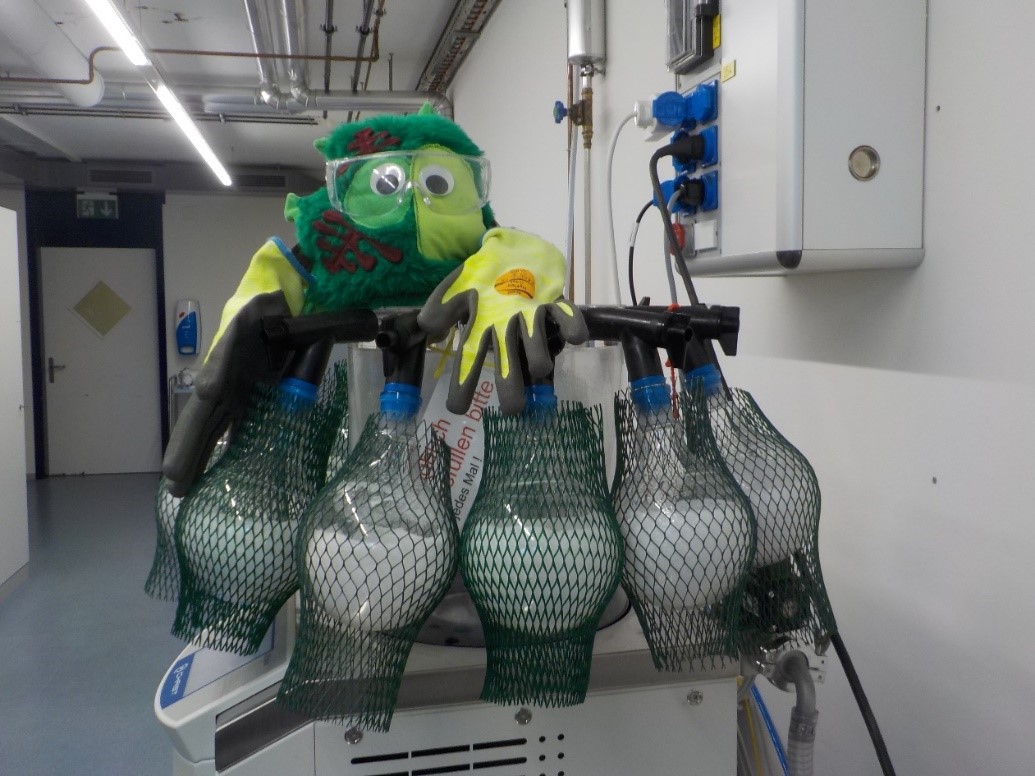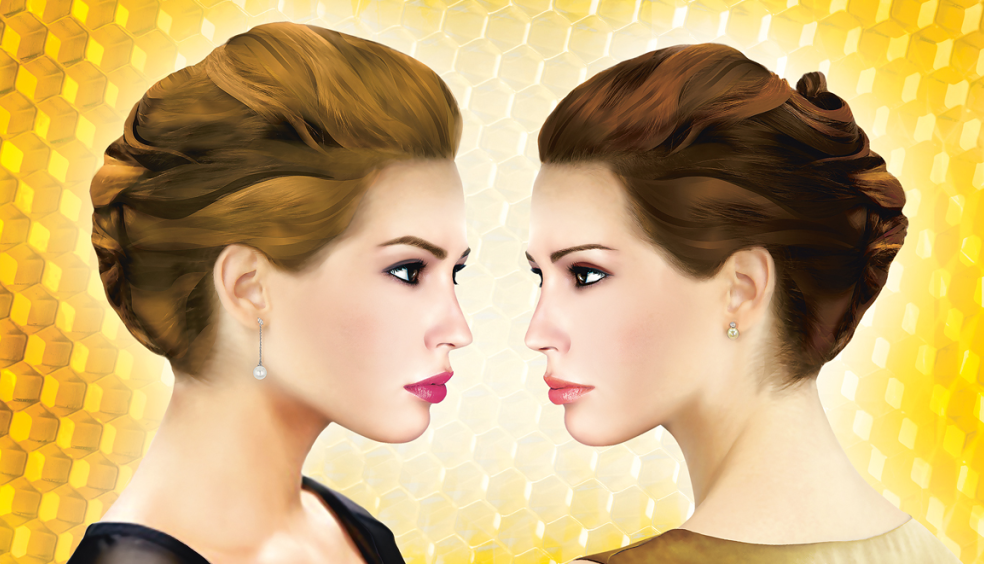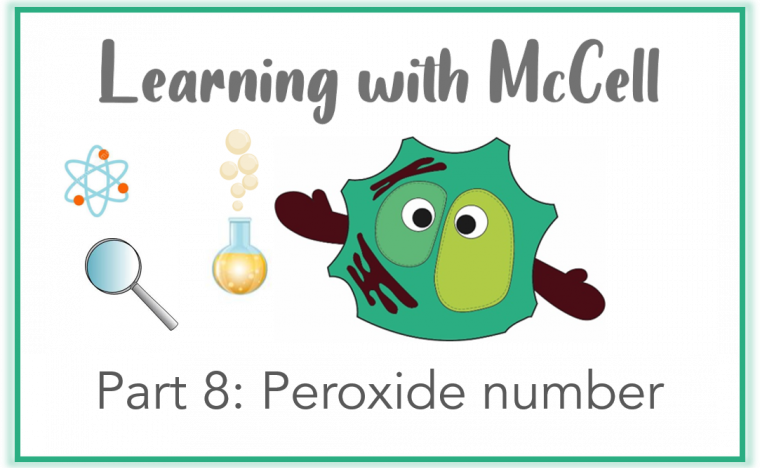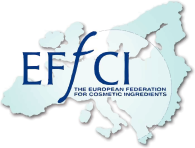Learning with McCell - part 5: Lyophilization
Ready for a new lesson with McCell? Today he will tell us about Lyophilization.
Definition / Explanation:
The method is used to remove water from a frozen solution, which contains a raw material. During lyophilization, the water is sublimated, which means it transforms from a solid to gaseous state without turning into liquid in between. The raw material solution is first frozen and then sublimated with vacuum. The raw material is now in a form, where the spaces between the molecules are regular. In the end, the raw material is the only thing left.
Scope of application:
With the help of lyophilization we can bring solid raw materials, which have an irregular structure, into a regular structure. When we do that, the space between the molecules becomes wider and the same amount of substance needs a bigger volume to fit in.
We use this effect in our laboratory to prepare peptides (small protein pieces) to incorporate them into our “Solid-Lipid-Nano-Products”.
Lyophilization is also used to dry food like berries and coffee (most of the aromas and colors remain the same). It is also used for the drying of damp or water-damaged archaeological finds.
The same principle can also be used in very cold regions like Russia to dry the laundry. At low minus temperatures the laundry becomes brittle but dries.

Mode of operation:
An aqueous peptide solution is frozen in a bath of alcohol at -40°C. By freezing it, the distance between the molecules cannot be changed anymore. There should be a regular layer of ice about 1-2cm thick.
The frozen solution is then attached to the Lyophilizer. A vacuum is created with a pump. While doing that, the water goes directly into the gaseous state (sublimation). The peptide is the only thing left and has now the structure we wanted. The structure of the peptide will not change anymore.
Product examples:








